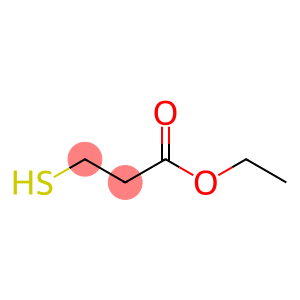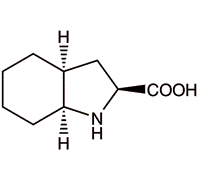Ethyl 3-mercaptopropionate(CAS#5466-06-8)
| Hazard Symbols | Xi – Irritant |
| Risk Codes | 36/37/38 – Irritating to eyes, respiratory system and skin. |
| Safety Description | S26 – In case of contact with eyes, rinse immediately with plenty of water and seek medical advice. S36/37/39 – Wear suitable protective clothing, gloves and eye/face protection. |
| HS Code | 29309090 |
Introduction
Ethyl 3-mercaptopropionate is an organic compound. The following is an introduction to the properties, uses, preparation methods and safety information of the compound:Quality:Appearance: Colorless liquidSmell: Slightly sulphurousDensity: 1.030 g/cm³Solubility: insoluble in water, soluble in organic solvents such as ethanol and ether.Use:Chemical reagent: It is often used as a vulcanization reagent in organic synthesis reactions, which can be used to synthesize organic compounds with special functions.Crosslinker: It can be used as a crosslinker for polymers to improve the physical properties and thermal stability of polymers.Method:In general, the preparation method of ethyl 3-mercaptopropionate is as follows:Ethyl acrylic sulfonate is reacted with sodium thiocyanate to form ethyl 3-mercaptopropionate. The reaction conditions and specific steps can be adjusted according to the actual needs. It can also be synthesized by other methods.Safety Information:Ethyl 3-mercaptopropionate is strongly irritating and should be avoided in contact with the skin and eyes, and avoidance of its vapors should be avoided.Appropriate personal protective equipment such as laboratory gloves and goggles should be worn during operation.Avoid contact with strong oxidizing agents and strong acids to avoid dangerous reactions.When storing and handling, appropriate safety measures should be followed and good ventilation should be maintained.








